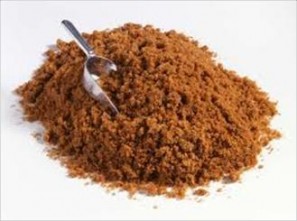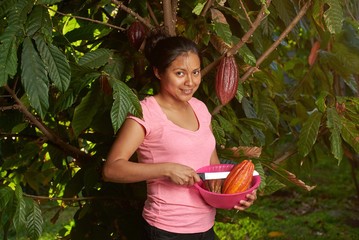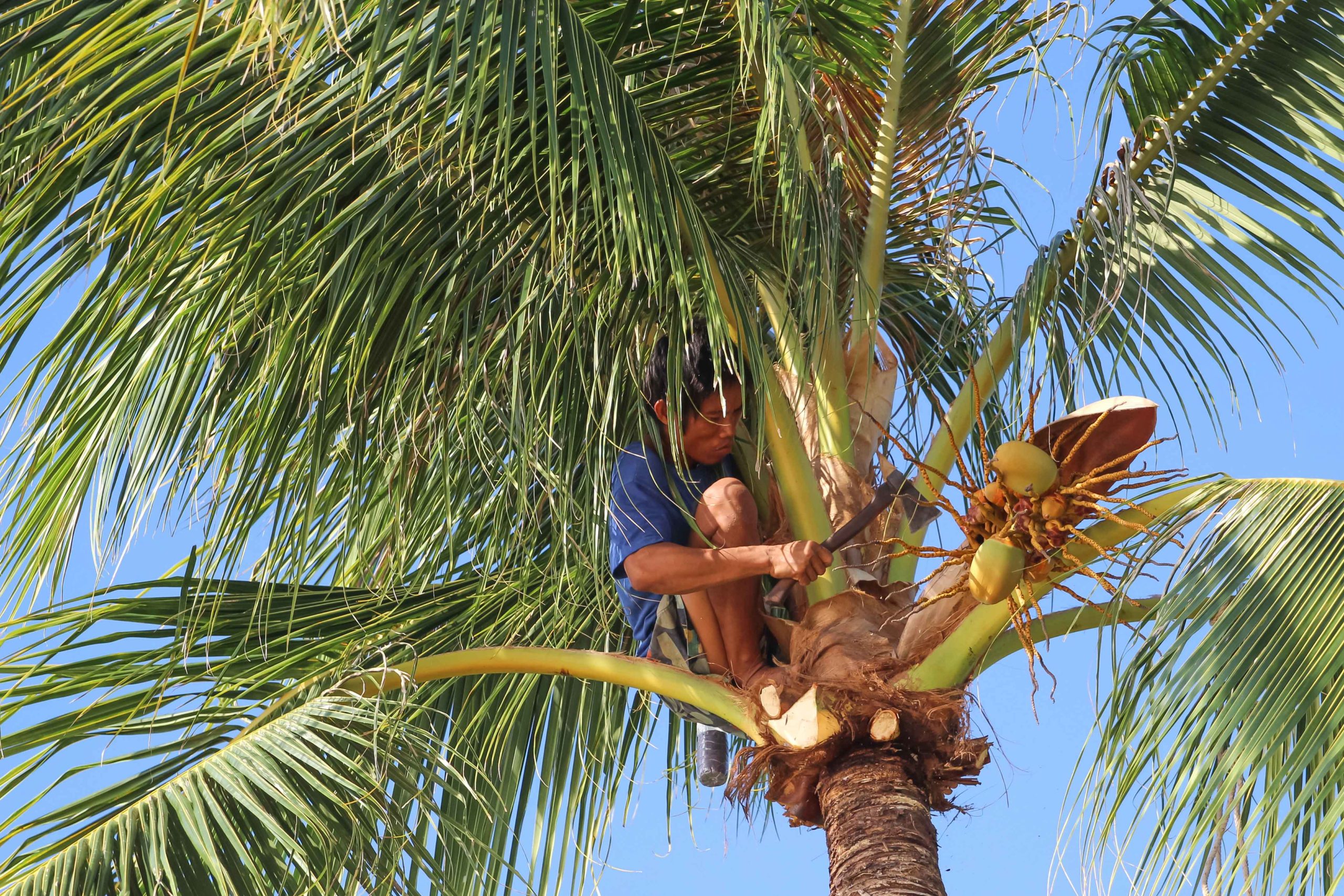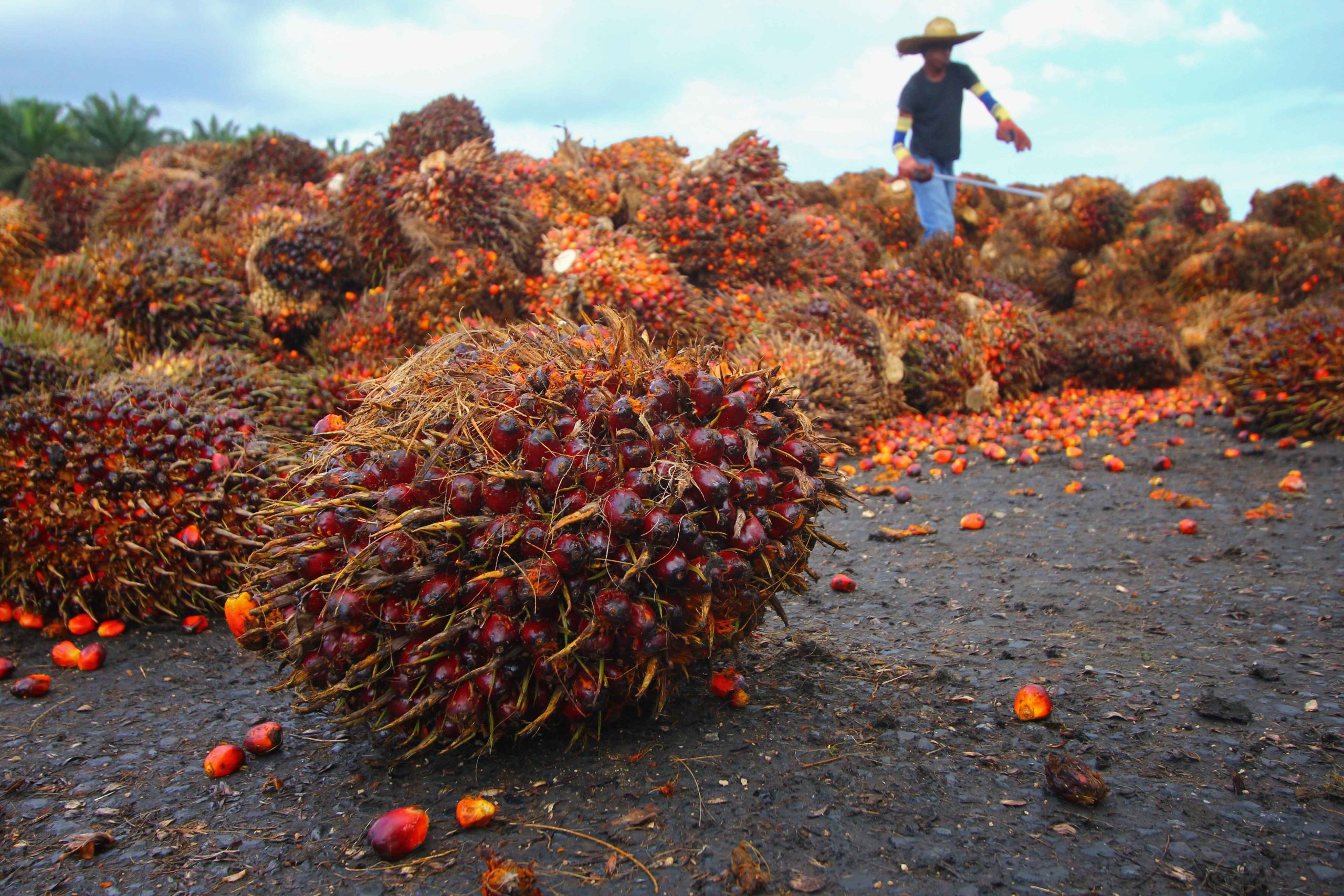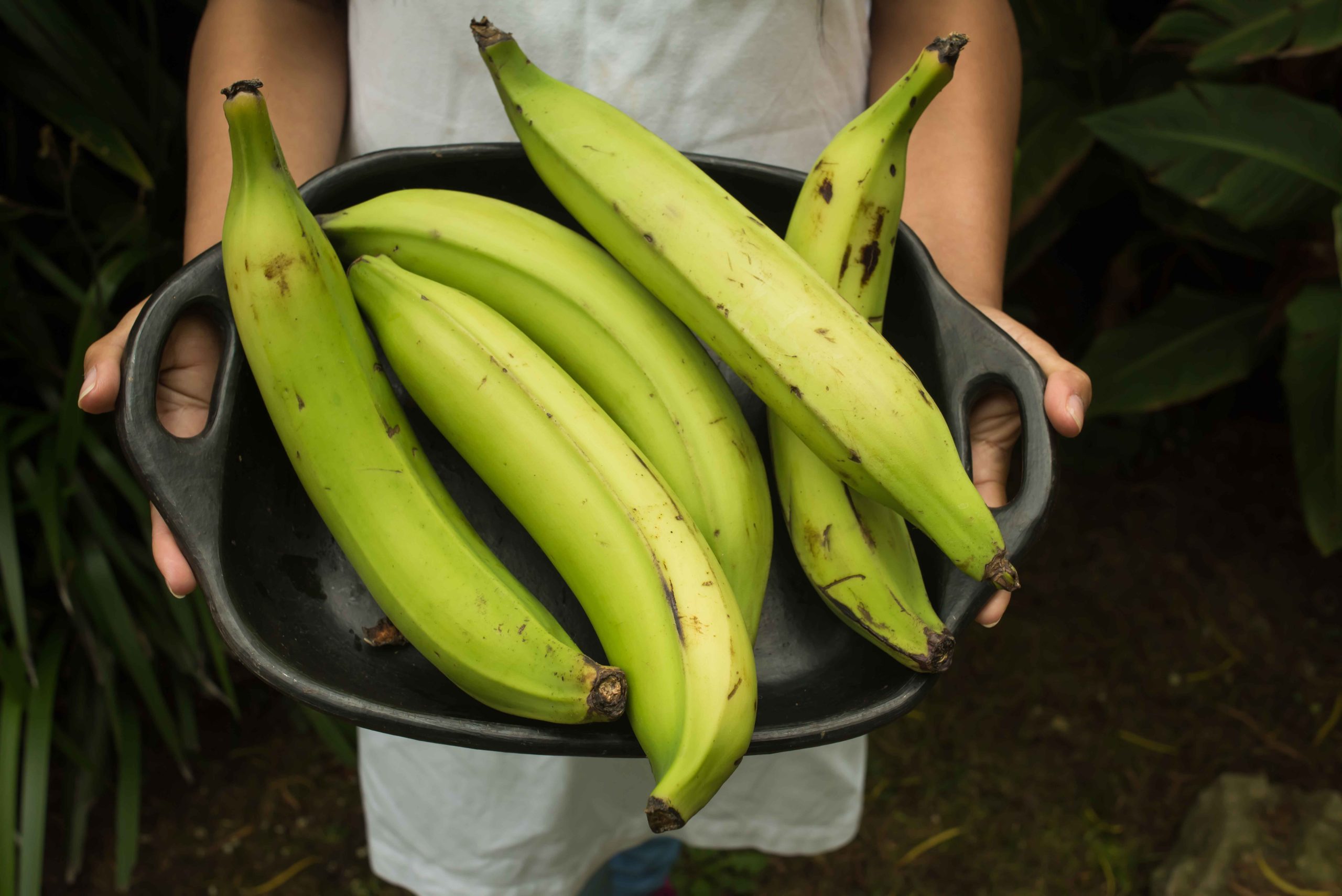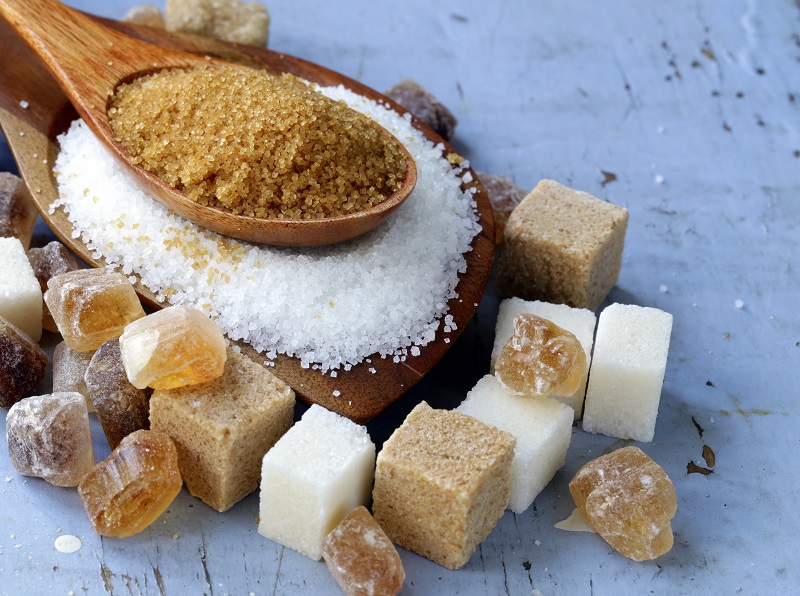TBC Ingredients ApS
From sugar to ingredients
Sugar cane cultivation requires a tropical or temperate climate, with a minimum of 60 centimeters of annual moisture. It is one of the most efficient photosynthesizes in the plant kingdom.
It is a C4 plant, able to convert up to one percent of incident solar energy into biomass. In prime growing regions, such as India, Pakistan, Peru, Brazil, Bolivia, Colombia, Australia, Ecuador, Cuba, Philippines, El Salvador, and Hawaii, sugarcane can produce 9 kg for each square meter exposed to the sun.
Sugar products
Although sugar canes produce seeds, modern stem cutting has become the most common reproduction method. Each cutting must contain at least one bud, and the cuttings are sometimes hand-planted. In more technologically advanced countries like the United States and Australia, billet planting is common. Billets harvested from a mechanical harvester are planted by a machine which opens and recloses the ground. Once planted, a stand can be harvested several times; after each harvest, the cane sends up new stalks, called ratoons.
Successive harvests give decreasing yields, eventually justifying replanting. 2-10 harvests may be possible between plantings.
Sugarcane is harvested by hand and mechanically. Hand harvesting accounts for more than half of production, and is dominant in the developing world. In hand harvesting, the field is first set on fire.
Mechanical harvesting uses a combine, or chopper harvester. The machine cuts the cane at the base of the stalk, strips the leaves, chops the cane into consistent lengths and deposits it into a transporter following alongside. The harvester then blows the trash back onto the field. Such machines can harvest 100 tons each hour; however, harvested cane must be rapidly processed. Once cut, sugarcane begins to lose its sugar content, and damage to the cane during mechanical harvesting accelerates this decline. This decline is offset because a modern chopper harvester can complete the harvest faster and more efficiently than hand cutting and loading.
Processing
Processing
Traditionally, sugar cane processing requires two stages. Mills extract raw sugar from freshly harvested cane, and sometimes bleach it to make “mill white” sugar for local consumption. Sugar refineries, often located nearer to consumers in North America, Europe, and Japan, then produce refined white sugar, which is 99 percent sucrose. These two stages are slowly merging. Increasing affluence in the sugar-producing tropics increased demand for refined sugar products, driving a trend toward combined milling and refining.
Small rail networks and trucks are common methods of transporting cane to a mill. Newly arrived cane is tested for sugar content and trash percentage.
The mill washes, chops, and uses revolving knives to shred the cane. Shredded cane is repeatedly mixed with water and crushed between rollers in the milling tandem; the collected juices contain 10-15 percent sucrose.
The remaining fibrous solids, called bagasse, are burned for fuel in the mill’s steam boilers. These boilers produce high-pressure steam, which is passed through a turbine to generate electrical energy.
The exhaust steam from the turbine is passed through the multiple effect evaporator station and it is used to heat vacuum pans in the crystallization stage as well as for other heating purposes in the sugar mill.
Bagasse makes a sugar mill more than energy self-sufficient; surplus bagasse goes in animal feed, in paper manufacture, or to generate electricity for sale.
The spun-off sugar from the B-product and C-product centrifugals is re-melted, filtered and added to the syrup coming from the evaporator station.
Raw sugar is yellow to brown. Bubbling sulfur dioxide through the cane juice before evaporation bleaches many color-forming impurities into colorless ones. This sulfitation produces sugar known as “mill white”, “plantation white”, and “crystal sugar”. Such sugar is the most commonly consumed in sugarcane-producing countries.
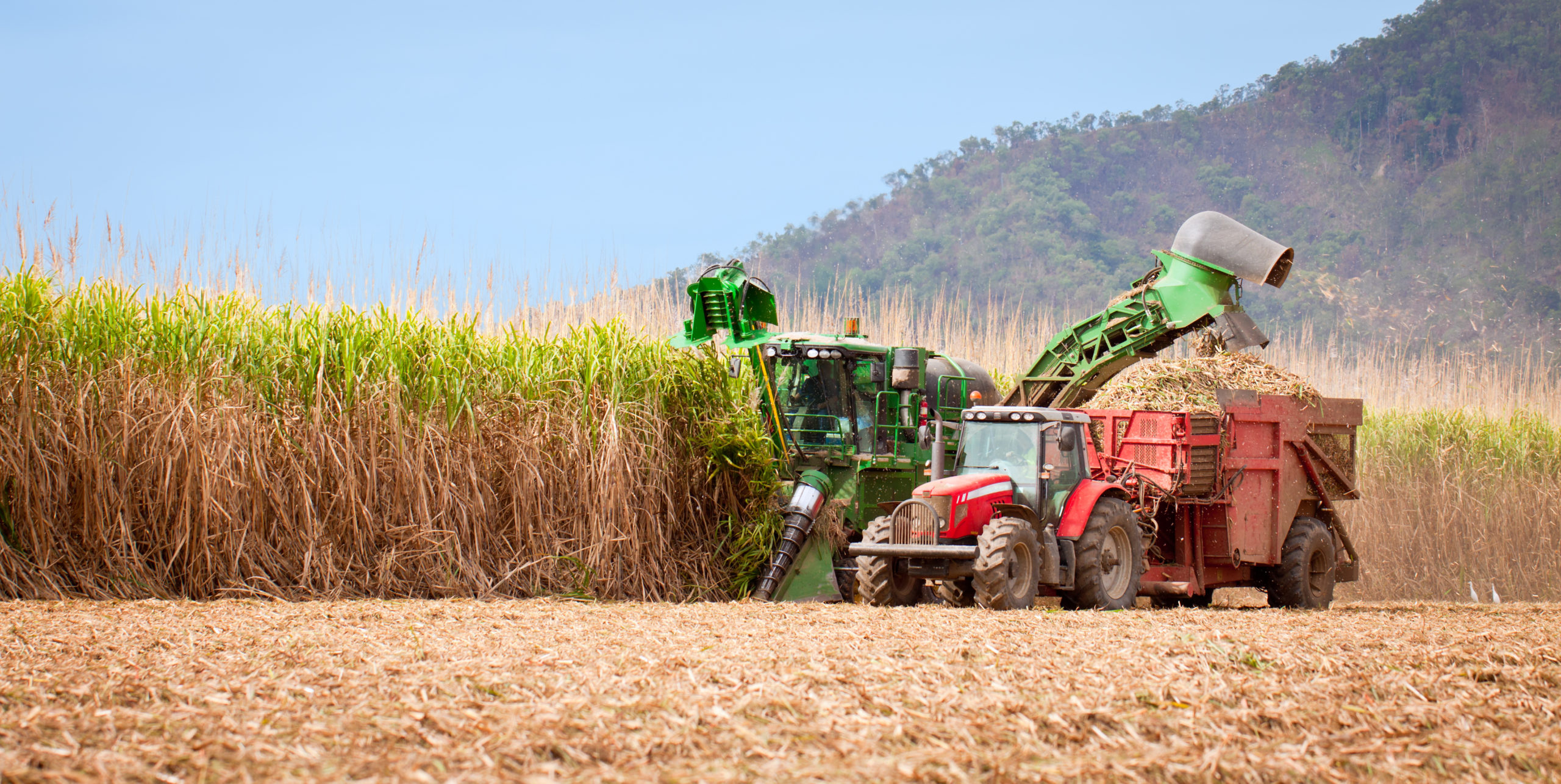
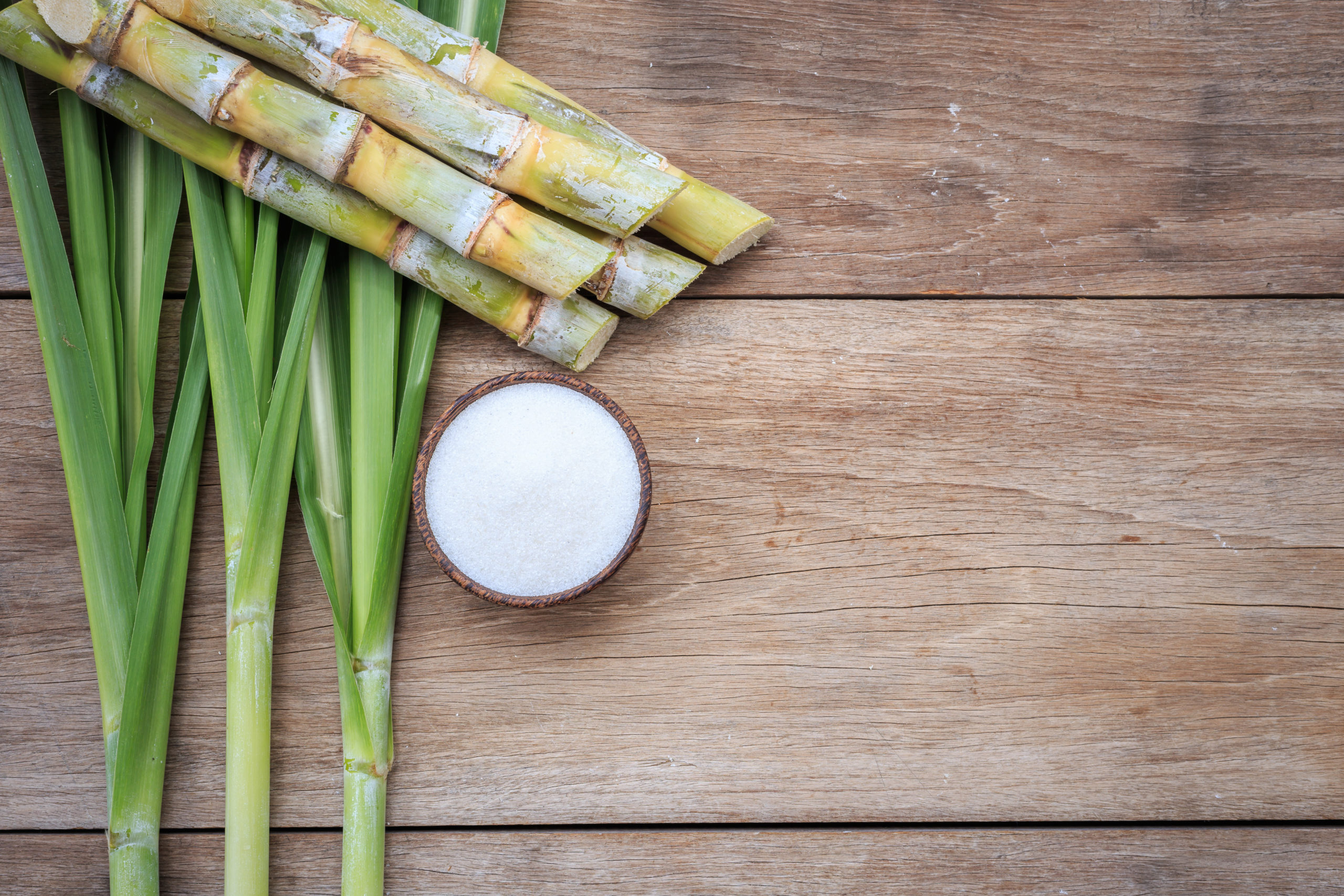
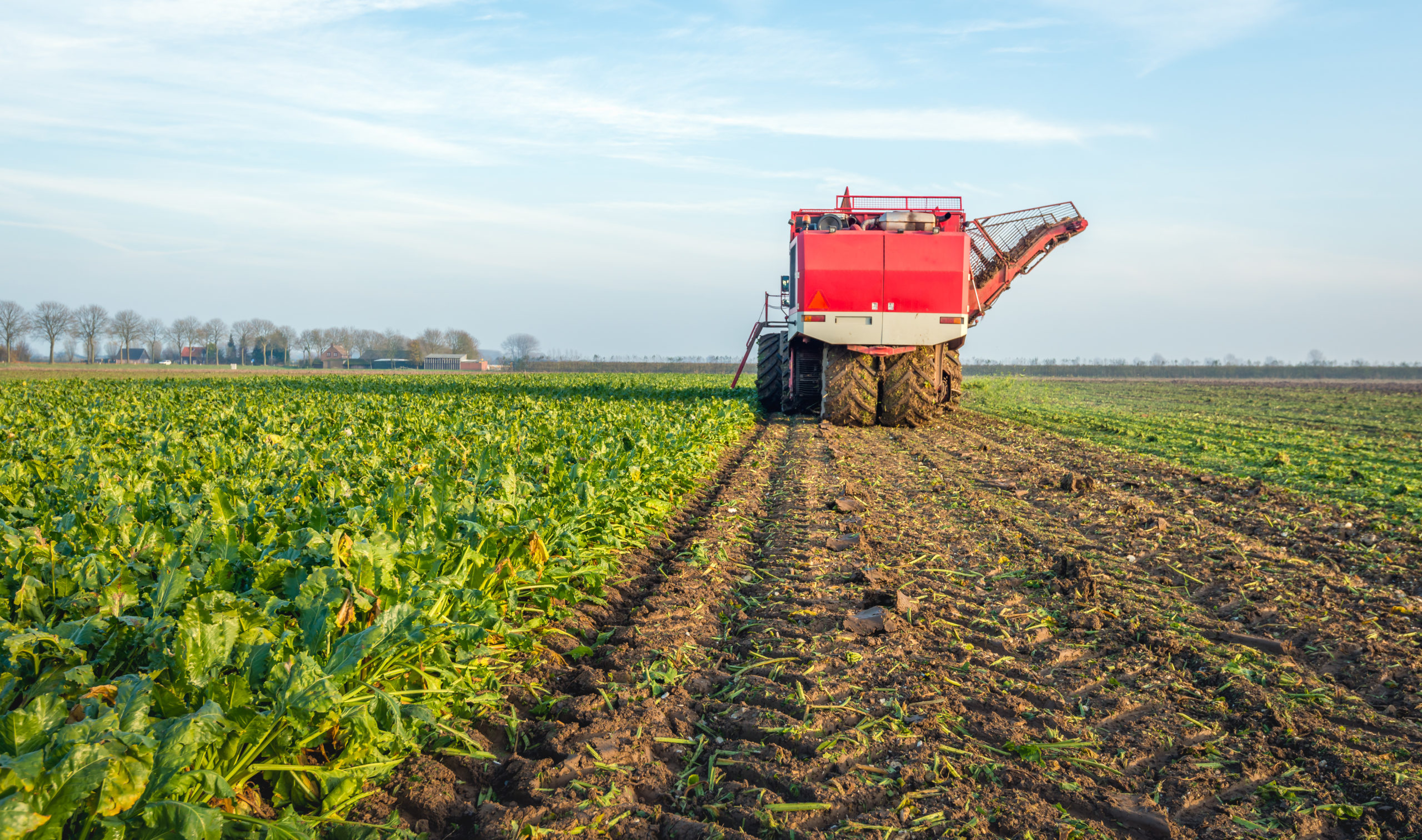
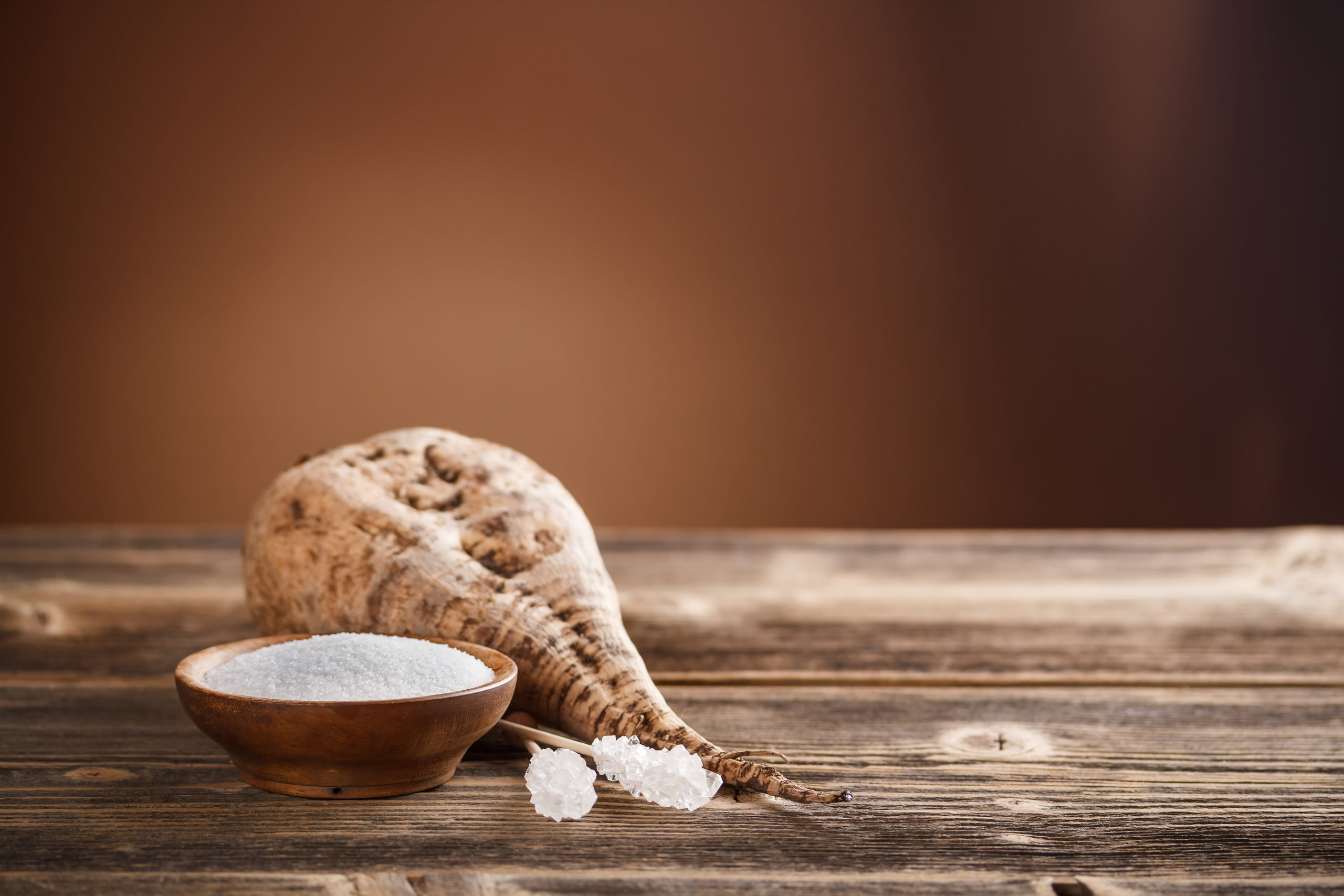
Variants & grades
Cane & beet sugar
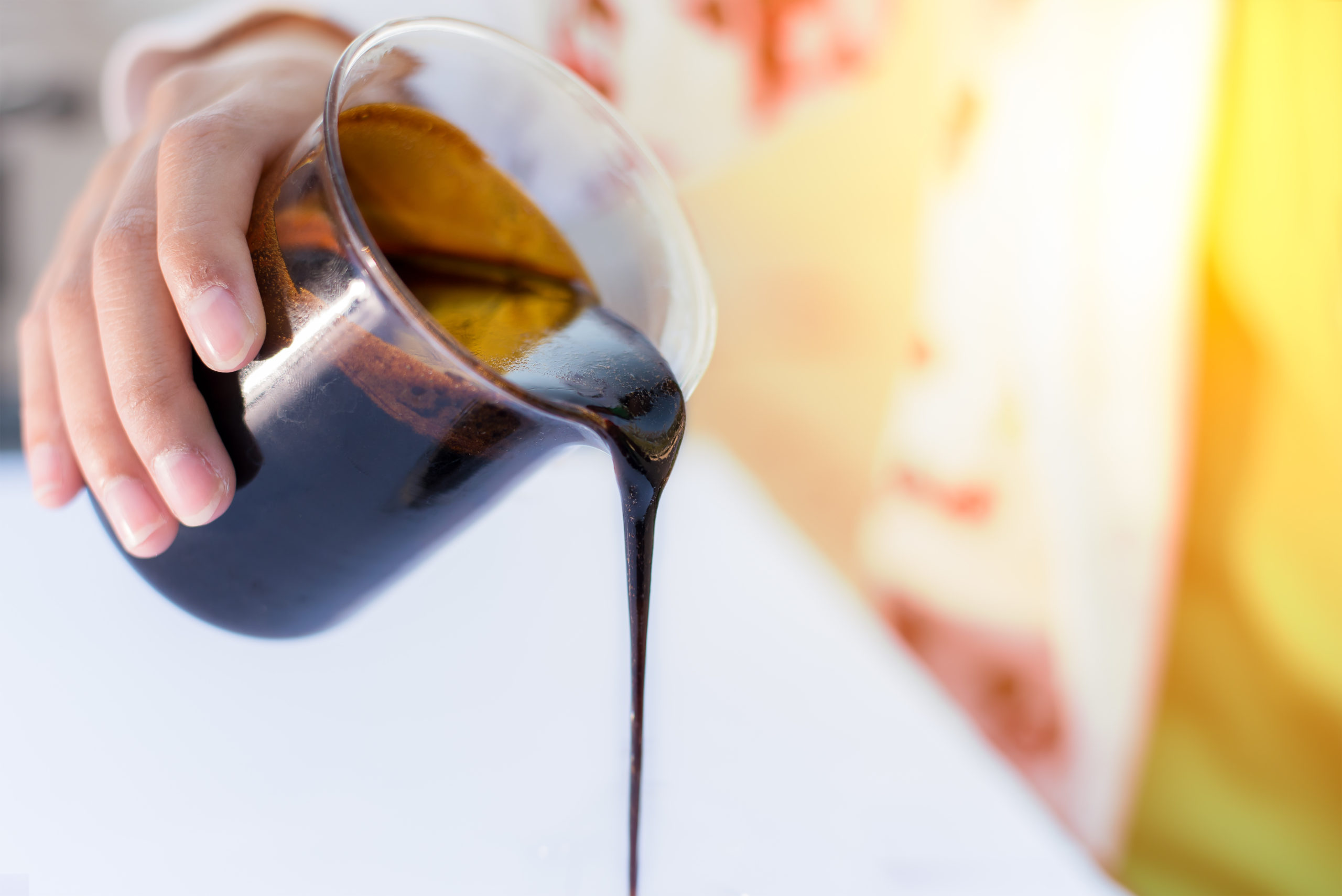
Beet sugar producers slice the washed beets, then extract the sugar with hot water in a diffuser. An alkaline solution then serves to precipitate impurities. After filtration, evaporation concentrates the juice to a content of about 70% solids, and controlled crystallisation extracts the sugar. A centrifuge removes the sugar crystals from the liquid, which gets recycled in the crystalliser stages. When economic constraints prevent the removal of more sugar, the manufacturer discards the remaining liquid, now known as molasses, or sells it on to producers of animal feed.
Sieving the resultant white sugar produces different grades for selling.
Cane versus beet sugar
It is difficult to tell the difference between fully refined sugar produced from beet and that from cane. One way is by isotope analyses of carbon. Cane uses C4 carbon fixation and beet C3 fixation, resulting in a different ratio of 13C and 12C isotopes in the sucrose.
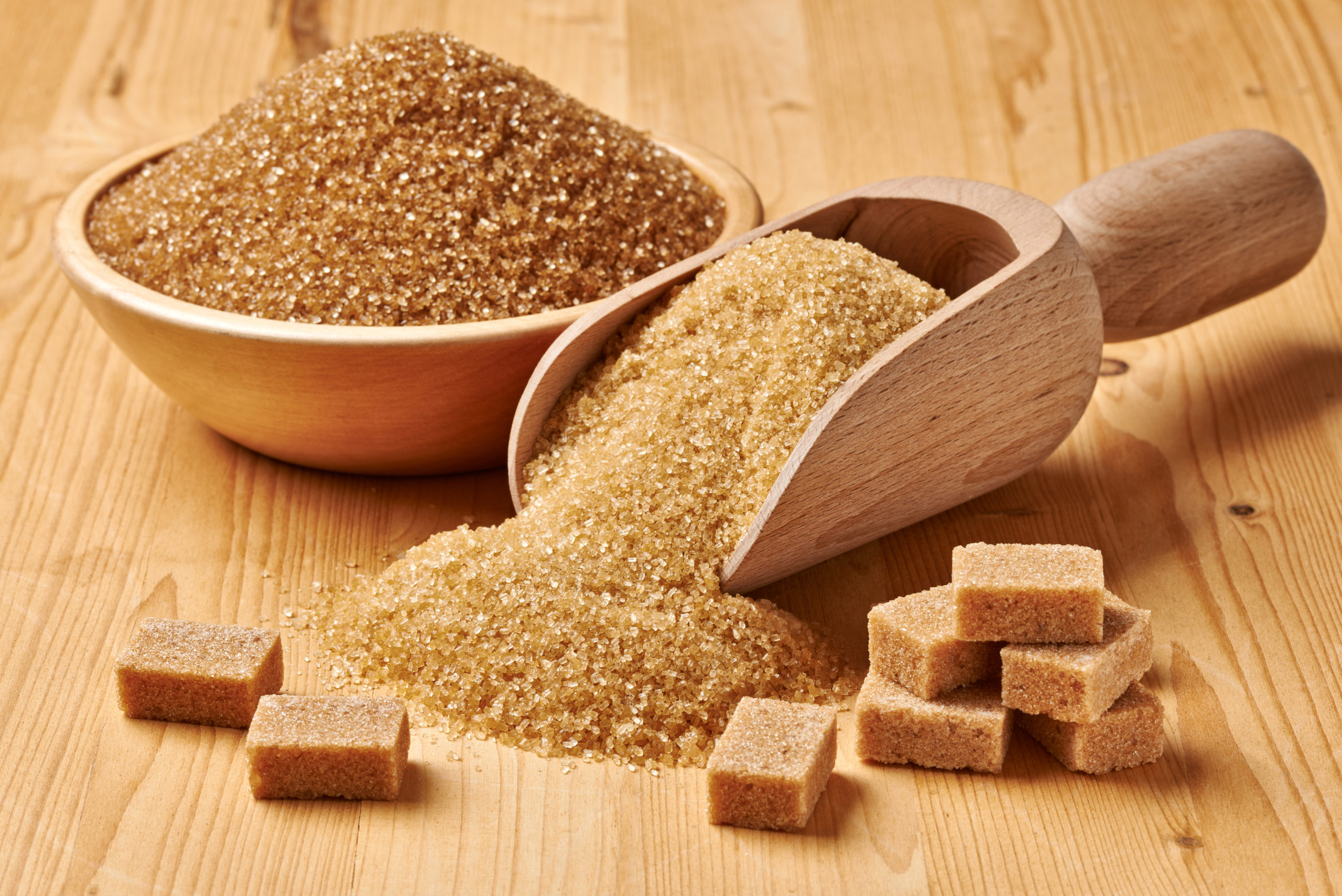
So-called Raw Sugars comprise yellow to brown sugars made by clarifying the source syrup by boiling and drying with heat, until it becomes a crystalline solid, with minimal chemical processing. Raw beet sugars result from the processing of sugar beet juice, but only as intermediates en route to white sugar. Manufacturers sometimes prepare raw sugar as loaves rather than as a crystalline powder, by pouring sugar and molasses together into molds and allowing the mixture to dry. The molds are called sugar-cakes or loaves.
Mill white sugar, also called plantation white, crystal sugar, or superior sugar, consists of raw sugar where the production process does not remove colored impurities, but rather bleaches them white by exposure to sulfur dioxide. Though the most common form of sugar in sugarcane-growing areas, this product does not store or ship well; after a few weeks, its impurities tend to promote discoloration and clumping.
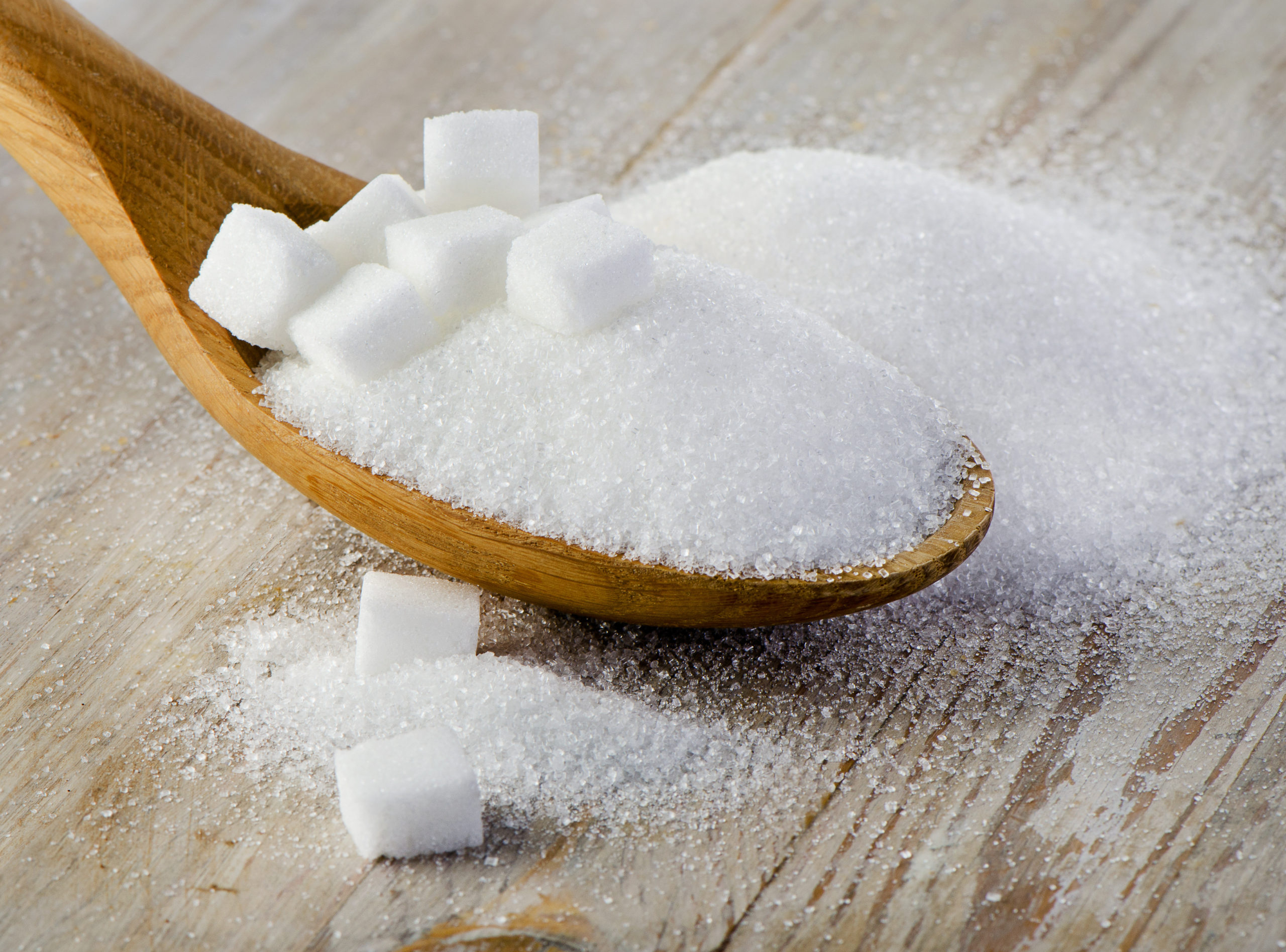
White refined sugar has become the most common form of sugar in Europe and North America. Refined sugar can be made by dissolving raw sugar and purifying it with a phosphoric acid method similar to that used for blanco directo, a carbonatation process involving calcium hydroxide and carbon dioxide, or by various filtration strategies. It is then further purified by filtration through a bed of activated carbon or bone char depending on where the processing takes place.Beet sugar refineries produce refined white sugar directly without an intermediate raw stage. White refined sugar is typically sold as granulated sugar,which has been dried to prevent clumping.
Granulated sugar comes in various crystal sizes – for home and industrial use – depending on the application.
Coarse-grain sugars, such as sanding sugar (also called “pearl sugar”, “decorating sugar“, nibbed sugar or sugar nibs) adds “sparkle” and flavor for decorating to baked goods, candies, cookies/bisquits and other desserts. The sparkling effect occurs because the sugar forms large crystals that reflect light. Sanding sugar, a large-crystal sugar, serves for making edible decorations. It has larger granules that sparkle when sprinkled on baked goods and candies and will not dissolve when subjected to heat.
Normal granulated sugars for table use: They have a grain size about 0.5 mm across.
Finer grades result from selectively sieving the granulated sugar caster (0.35 mm), commonly used in baking, originally sprinkled from a castor.
Super-fine-sugar, also called baker’s sugar, berry sugar, or bar sugar- favored for sweetening drinks or for preparing meringue.
Brown sugar come from the late stages of sugar refining, when sugar forms fine crystals with significant molasses content, or from coating white refined sugar with a cane molasses, syrup. Their color and taste become stronger with increasing molasses content, as do their moisture-retaining properties. Brown sugars also tend to harden if exposed to the atmosphere, although proper handling can reverse this.
